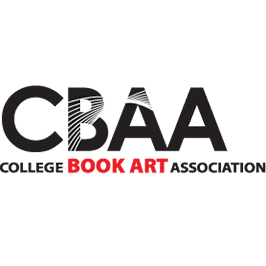Memes are often fun, funny and lighthearted, but they can also be insightful critiques of their subjects. They’ve become omnipresent, particularly in our digital lives and are affecting much of our society, even changing socio-linguistics and communication IRL. Meme-culture is so influential, it is being exploited in marketing campaigns for many major corporations.
As memes permeated mainstream culture, the expansion of niche memes followed immediately. Rule 34 has a brother and it is: if it exists, there’s a meme about it. While book-art-focused memes are fairly new, general art memes have been around for a while, exemplified by the use of classical art history works as the basis for some of the earliest meme formats.
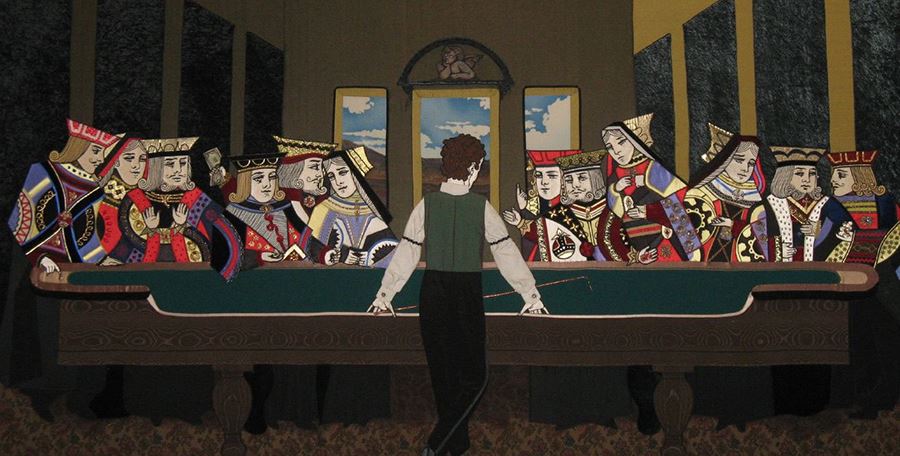
This Last Supper parody is one of the earliest examples.
The meme format that I feel paved the way for art memes AND for memes as art criticism is another early one known as Art School Owl.
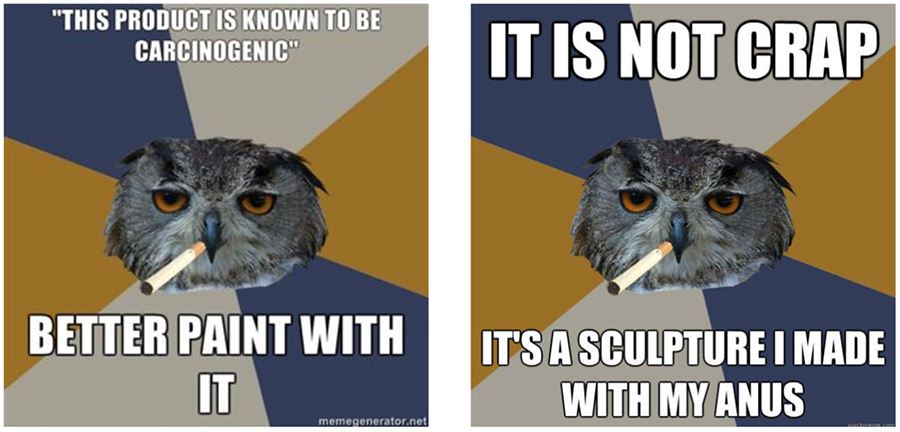
The image on the left is the original Art School Owl, created by Kendra in 2011 while the image on the right is a slightly later reiteration of the meme format.
Art School Owl gained popularity because of its relatability as well as a way to jokingly critique major topics in the art world, including the lack of non-toxic materials or even what should be considered art.
Since the late 2000s, social media meme accounts have grown exponentially but the book art world has been slower to pick up on the trend. In 2016 @greasylithomemes started the first* Instagram account solely focused on printmaking memes with occasional posts about book art, papermaking, and general art topics. The account has since grown in popularity among the print community with the current number of followers being at 3,876—no small feat for such a niche interest.
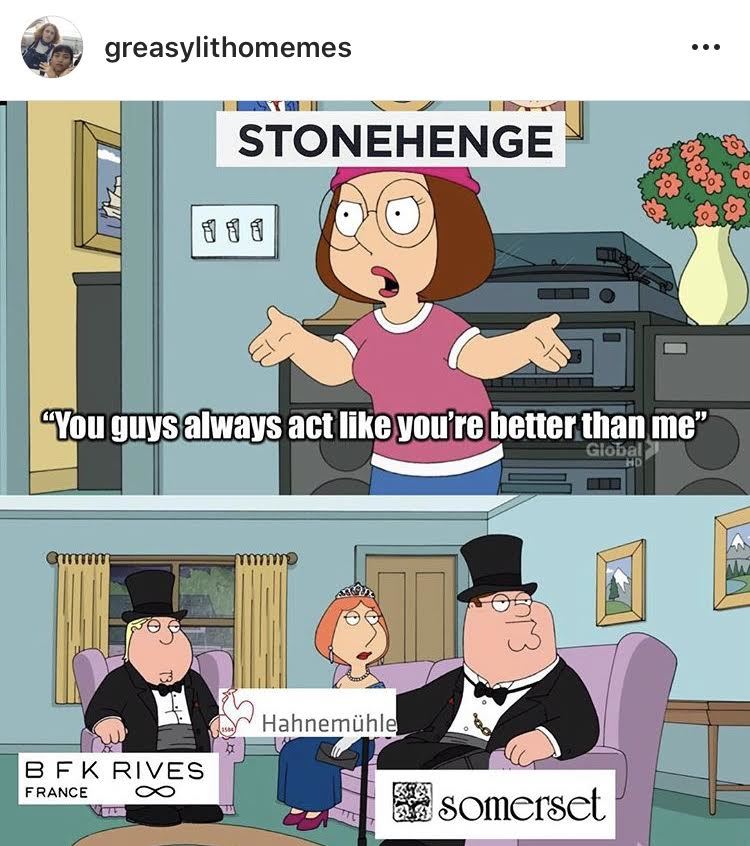
This is one of the post popular recent posts from @greasylithomemes.
Even with the blessing of @greasylithomemes supplying us with such excellent print-meme content, they were the only account focusing on the disciplines of printmaking, papermaking, and book art until last year. In February of 2019 @bookbitchmemes popped up as the first* book art-focused Instagram meme account followed closely by a flood of printmaking-, papermaking-, and/or book art-focused meme accounts including, @pvahands in April, @silk.memes.dude in May, @smallcupwilson in June, @mediumrelief in July, @fineartstudent in August, and @shit_print_posting in February of this year.

The image on the left is an original post from @bookbitchmemes exemplifying the feeling of being an insider that comes with understanding niche memes. The image on the right is an example of a post by @pvahands that offers insider information to the reader while poking fun at the specificity of the knowledge.
Memes are an expression of people’s feelings toward topics and this influx of print/paper/book meme accounts mirrors the resurgent interest in those mediums within the art world and academia. They can also act as a window into the print/paper/book community, thereby expanding its audience. Being mostly short text or image formats, memes are easy to consume and often easy to relate to which in turn encourages the reader to feel like an insider, building loyalty to the community.
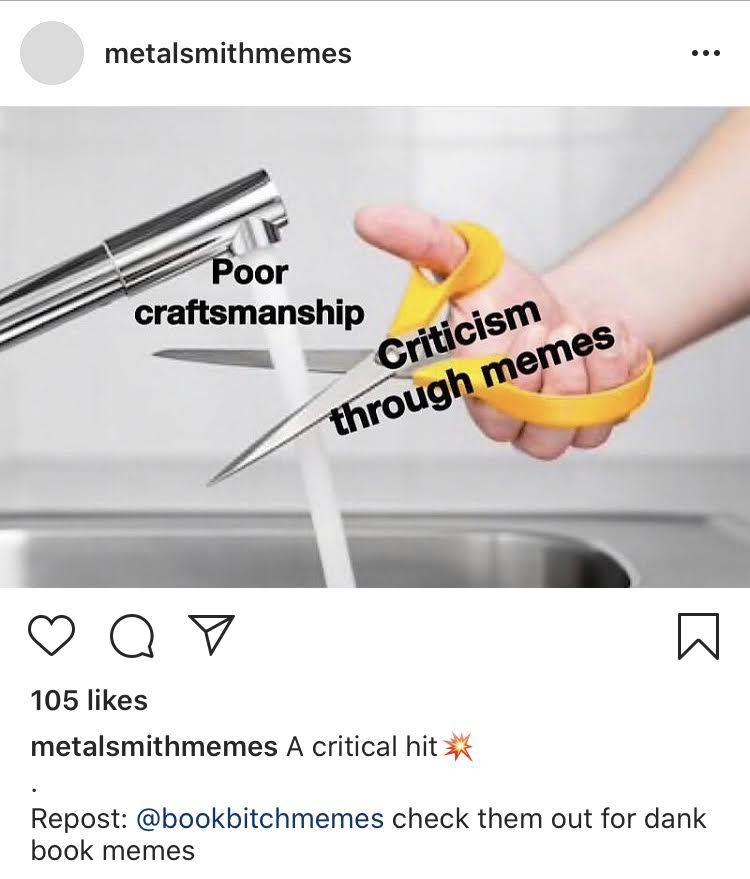
Reposting another creator’s post that relates to your own audience can be a great way to build relationships and encourage cross-pollination of viewers. Here @metalsmithmemes has reposted and credited @bookbitchmemes for their post.
Additionally, there is an expectation that reposting and cross-posting will occur with memes because of their role in online culture. While this can be seen as a negative thing when credit is not given, it becomes a tool to foster relationships and build a more diverse network when done conscientiously.
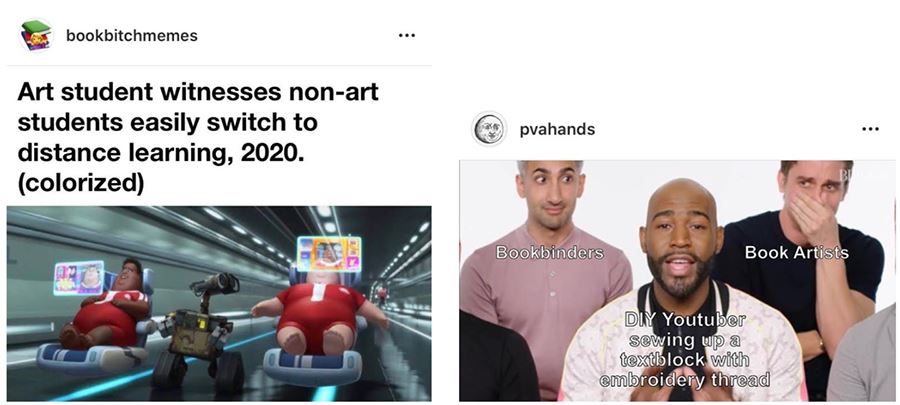
On the left, @bookbitchmemes addresses the potential challenges that artistic disciplines face when having to transition to distance learning. On the right, @pvahands draws attention to the elitist nature of bookbinders and book artists when it comes to materials while also reminding us how few bookbinding tutorials are available that use professional materials and tools.
By presenting criticism of a flawed system in the format of succinct, funny text and images, memes can be an avenue to open discussions about ways to improve that system. They also provide insight into widely-held opinions of the larger book/print community. If a new bookbinder sees a popular post that expresses disgust regarding perfect binding, for example, they are likely to choose a different book structure for their next project.
This sweet spot of humor and critique is a powerful tool but there’s a thin line—because of the nature of memes, they can also dismiss any nuanced discussions and act as justification for gate-keeping. Additionally, social media platforms do not encourage respectful debates and the character limits of comment sections make it almost impossible to present a well-rounded viewpoint.
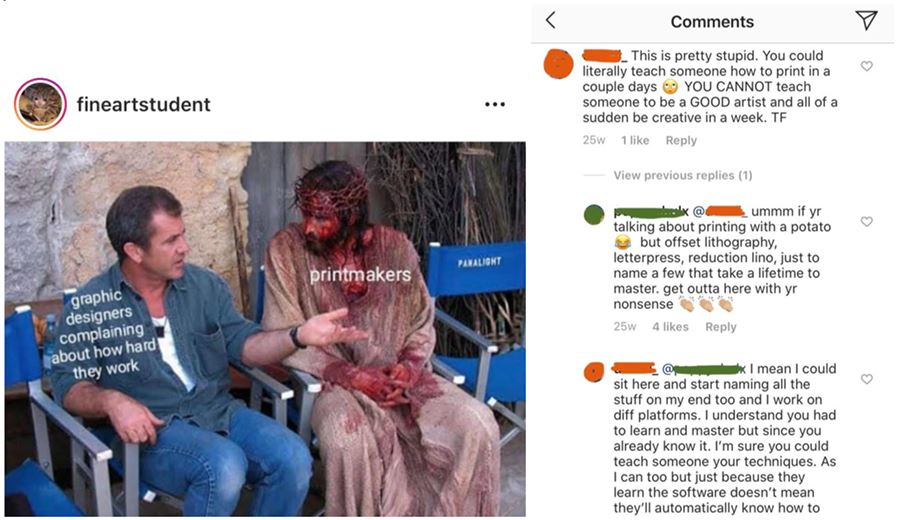
On the left is a post from @fineartstudent of a meme that was anonymously submitted to them. The post received a lot of attention and was reposted with credit by @bookbitchmemes. While the comment section in the original post was fairly tame, the image on the right is a screenshot from the comments section of the repost where much more heated conversations occurred.
On the whole, I think memes are fantastic, funny tools for encouraging a sense of community while occasionally providing light critique, but I also wonder how we can use them to expand and deepen conversations to better our communities?
*Because there is no organized archive or database for this kind of digital information, the assertion that these accounts were the first of their kind is based on my own research.
Beth Sheehan is an artist living in Tuscaloosa, Alabama. Her work investigates memory and perception to explore her lack of episodic memory. Sheehan’s work has been exhibited internationally and is held in 37 public collections. She has worked as a professional printer and bookbinder and currently workshops around the country.
